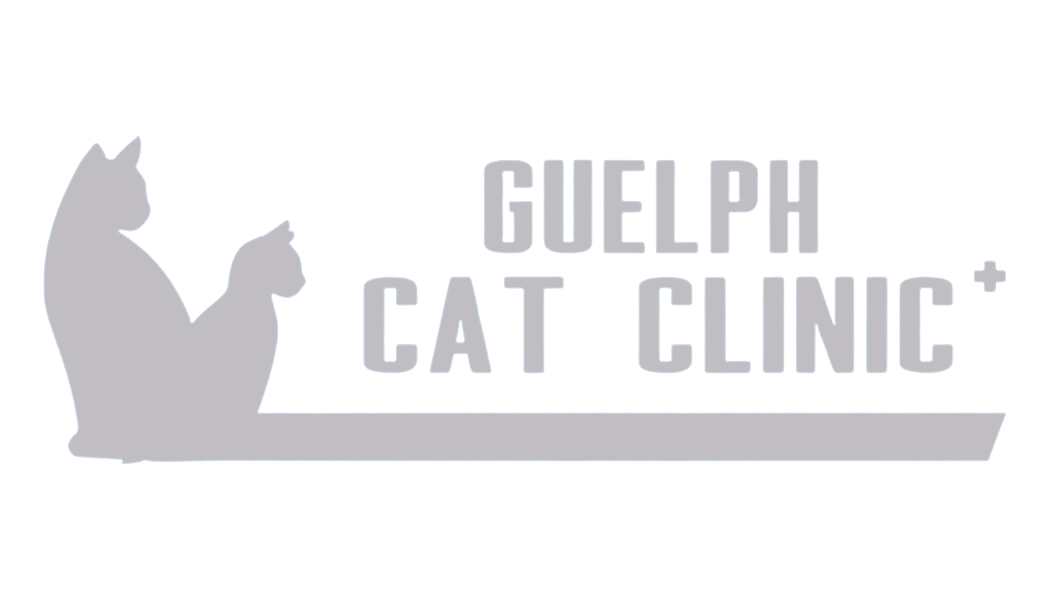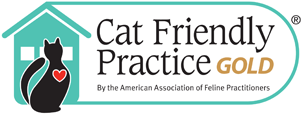As we begin 2017, resolutions are made for the upcoming year. Many pet owners make New Year’s resolutions for their pets. There are a few New Year resolutions we can make for our feline friends that will allow them to become a new cat for the New Year. One such New Year’s Resolution is to help our cat’s look and feel the best they can be through regular grooming. Cats are very effective self-groomers, but they can benefit from a thorough grooming and grooming also strengthens the human feline bond. Here are some grooming tips from your Guelph Veterinarian for cats to help you follow through with your cat’s New Year’s Resolution.
The Benefits of Grooming your Cat
Regular grooming of our feline friends can be challenging but, there are many benefits. Some of the benefits of regular grooming are:
1) Helps prevent hairball formation by reducing hair ingestion.
2) Helps stimulate oil production within the skin which promotes a healthy and shiny coat.
3) Allows the opportunity to check for fleas, ear mites, lumps and other abnormalities of the skin.
4) Creates a bond between you and your cat
Grooming Short-Haired Cats
Short-haired cats only require being brushed about once a week and if your cat’s coat is not too tangled or matted it should not take any longer than 10-15 minutes. The best grooming tools to use on for a short hair coat is to use a fine-toothed flea comb, bristle brush and a grooming mitten or pad. Ensure that your cat is relaxed and happy before you start to groom. Use the flea comb to check for fleas or flea dirt. If you find any fleas or the flea dirt, call your Guelph veterinarian to discuss your cat’s flea treatment options. Use the brush or grooming pad to gently brush your cat from the head to the tail, removing any dead hair. If your cat seems agitated by the grooming, it is best to stop and try again at another time. Always end the grooming session with praise or treats for your cat.
Grooming Long-Haired Cats
Longer-haired cats should be brushed once daily or at least a couple times a week. Long-haired cats often form mats in their coats and require regular grooming to brush these mats out. The best grooming tools to use for a long-haired coat is to use a wide-toothed comb and a rubber grooming mitten or grooming pad. Rakes and slicker brushes also work well for long-haired cats. As for short-haired cats, ensure that your cat is relaxed and happy before proceeding with the groom. Start at the head and make your way to the tail using the wide-toothed come to remove any dead hairs. You can use the rubber grooming mitten or slicker brush to remove any excess of dead hair. Again, if your cat seems agitated during any point of the grooming session, it is best to stop and try the grooming again at another time.
Bathing your Cat
Most short-haired cats DO NOT require bathing unless they are unusually dirty, have skin allergies or another skin condition. Even long haired cats rarely need bathing. If you do decide to bathe your cat, it is very important to use a cat friendly shampoo, not a human shampoo due to pH differences in the skin. It is also important to remove matts before you shampoo. Thorough rinsing of shampoo is also very important.
What to do if your Cat’s Coat is Matted
Mats usually occur in longer-haired cats, but can also form on the coats of short-haired cats, especially if the cat is not able to groom him or herself very well due to increased age or weight. These mats can become very uncomfortable for the cat and can be difficult to remove. If you find a mat on your cat, NEVER try to use scissors to remove the mat, since it is very easy to cut your cat’s skin! Gently tease the mat apart using your fingers working from the root to the end of the hair. Sometimes, the matting is so severe that the mats must be shaved off. In the case, professional grooming is required. Here at the Guelph Cat Clinic, we offer grooming services for cats. We offer dematting services as well as complete shave downs, also called a “Lion Cut.” The lion cut clip leaves your cat with fur on the tail, head and lower legs. Some cats may require sedation for grooming, depending on how matted the coat is and on their personality. Some owners also choose lion cuts in the spring and summer just to prevent matting! Please contact us if you have questions about grooming. We are happy to help.
Dr. Maggs, Dr. Macgregor and the staff at the Guelph Cat Clinic hope that these grooming tips will help you and your cats have a Happy New Year!


